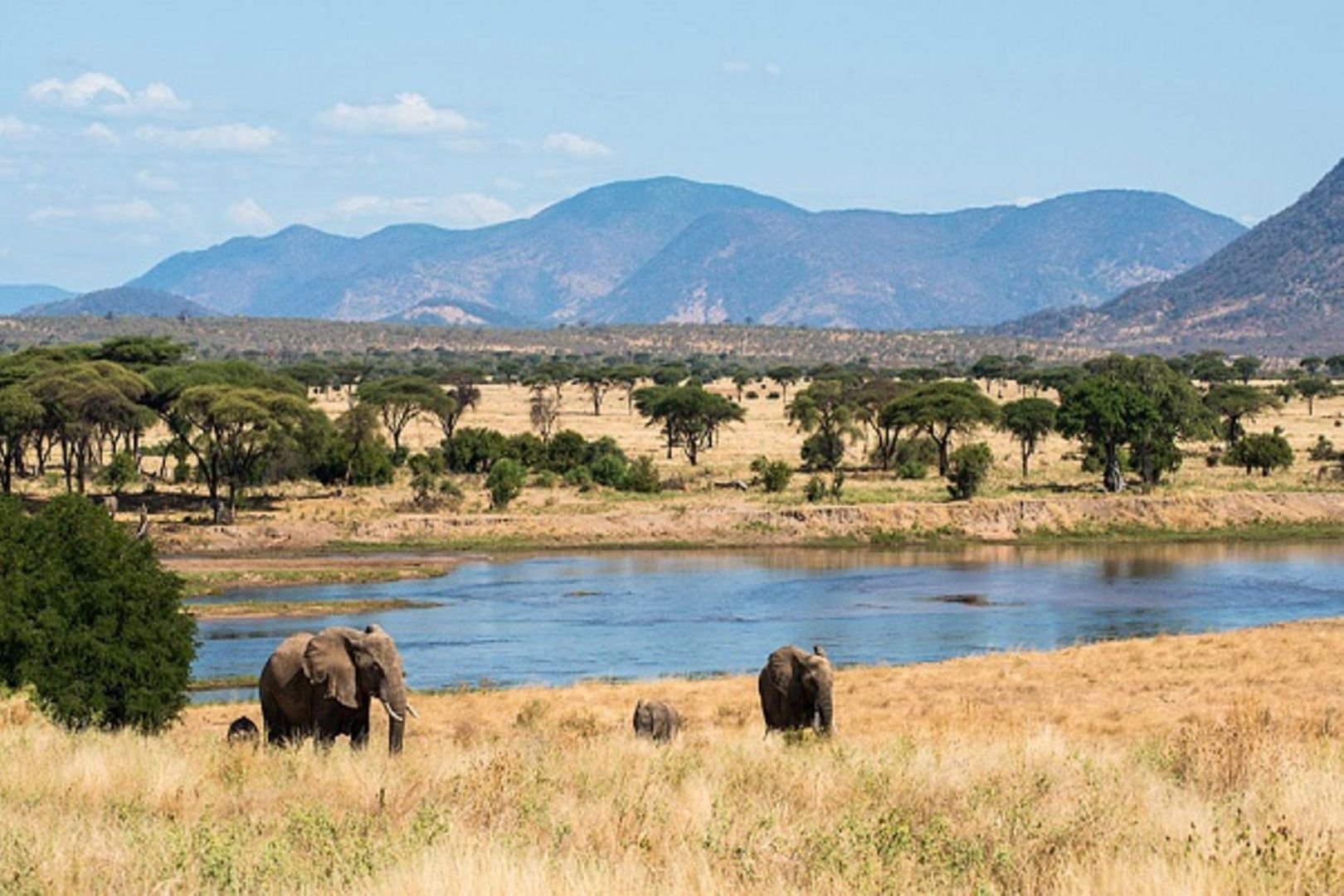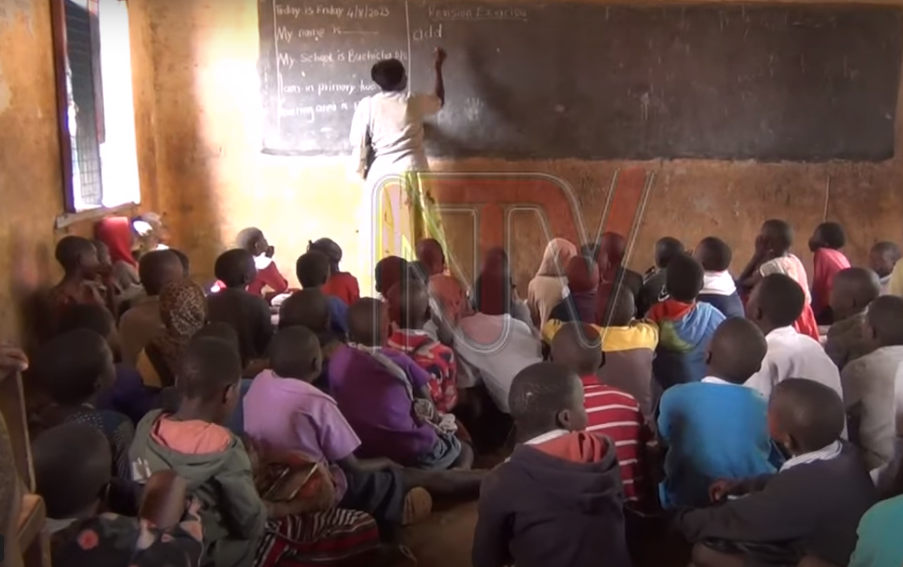The fall of former academic giants
They used to be powerhouses academically but new schools have since taken their place relegating these schools to least desired options.
“It is sad that schools which were once top performers and produced most of the influential people today are now struggling, both financially and academically,” said James Tweheyo while responding to the question on whether it is true that traditional academic giants are being relegated by new ones.
Ruined structures
He points out schools such as Sir Tito Winyi in Gulu District, Kigezi College Butobere in Kabale, and Bukedea College, among others, which are languishing in ruins in comparison to structures of newer ones such as St Mary’s Kitende, Vienna College Namugongo, Seeta High School, and St Lawrence Schools. Tweheyo, who is the general secretary of The Uganda National Teachers Union, says liberalising the education sector is the major cause for the collapse of some of the former giants that are incidentally all government-aided.
According to a 2015/2016, Global Initiative for Economic, Social and Cultural Rights (GI-ESCR) report, 27 per cent of schools at primary level and 66 per cent of schools at secondary level are private. “The new schools that are mostly owned by individual investors, have quickly become top priority for parents because they are less unencumbered by fiscal and administrative challenges. These guarantee parents a comfortable school environment and high grades,” the report reads in part.
Need for better facilities
Juliet Katsirabo, 46, a mother of four, confirms that she selected schools for her children basing on better services. “I looked at schools such as Nakasero Primary School, Sir Apollo Kagwa Primary School and Kitante High School, which are relatively closer to our home but decided against them because on close scrutiny, I discovered they were not only congested but their performance was not encouraging,” Katsirabo explains. She says she instead enrolled her children in Greenhill Academy, Uganda Martyrs Namugongo, and Kabojja Junior School just because she feels these have the best teachers and their facilities are favourable for her children.
Bad debts
Some of these old schools lack operational funds and others are highly indebted. On a recent tour to his former school, Kigezi High School in Kabale District, Emmanuel Ainebyoona, a journalist, learnt that most suppliers of the school have not been paid. “According to what I gathered during a recent old students’ retreat, the current administration inherited debts from past head teachers. A number of suppliers have not been paid for their services and supplies to the school. I heard the school was planning to acquire a loan to enable payment of its debts,” he says.
Be aggressive or die
Coltilda Nakate Kikomeko, head teacher of Trinity College Nabbingo, says she has managed to navigate these challenges and uphold the school’s reputation by embracing change. “To succeed you have to match up with your competitors. Private schools have elaborate public relations and marketing tools, which we have also employed. We make sure that our students excel in performance by availing the best and well-motivated teachers,” she reveals.
Two snap surveys by Daily Monitor of O-Level results carried out in 2015 and 2016 covering the last 10 years show that Trinity College Nabbingo still ranks among the top 10 best performing schools in the country.
With insufficient government funding to USE schools, it is likely most of the fading traditional schools might take long in the gutter.
to turn it around
Increase funding. There is need for government intervention. Schools need adequate funding so that they can afford quality staff and facilities.
Try new methods. Coltilda Nakate Kikomeko, head teacher of Trinity College Nabbingo, urges fellow head teachers to adapt to the new times. “It does not make sense to stick to what is not working. We know that parents want their children to perform well and study in a conducive environment, let us deliver that,” she says.




